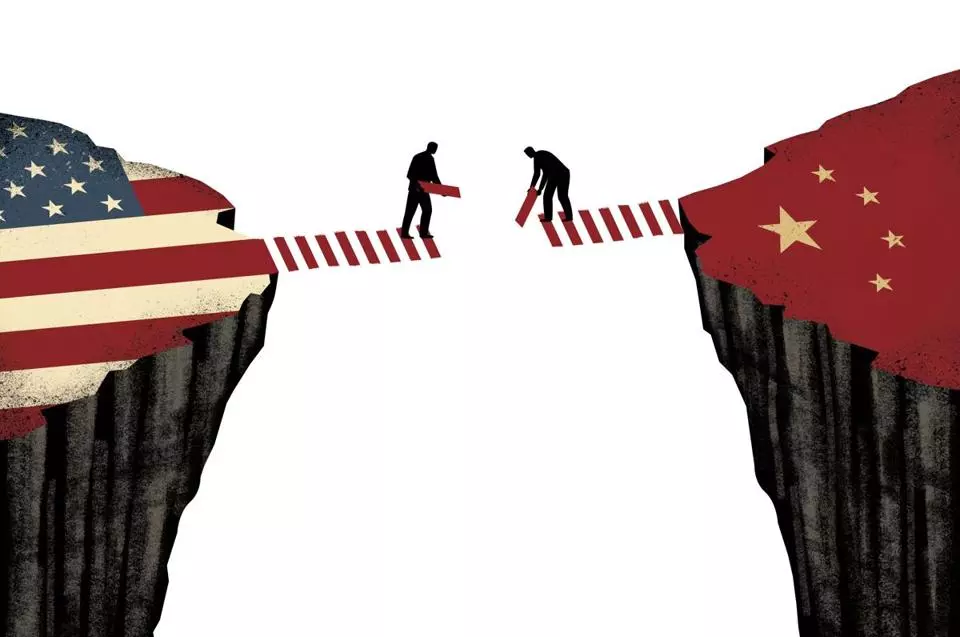
China responds to Trump’s threats with its own $60 billion measures.
At this rate, even pins will incur duties. Over the last few weeks, the needling dialogue between the U.S. and China has been overtaken by the heavy blows of a trade war, as negotiations have stalled like a grounded tanker, amid increasingly sensational declarations and constant threats.
Beijing did not appreciate Donald Trump’s latest threat that he was ready to raise the tariffs on more Chinese goods to the tune of $200 billion. Yesterday, it added more drama to the tit-for-tat soap opera; in more simple terms, it gave as good as it got. If the White House does not reverse its stance, the $60 billion in punitive measures will hit more than 5,200 products made in the U.S. (from soybean oil and peanut oil to coffee and liqueurs, and semiconductors to chemical products). There are no signs coming out of 1600 Pennsylvania Avenue that it has any intention of changing its position. “The message here is do not underestimate President Trump’s determination to follow through on the China trade reform campaign,” thundered the tycoon’s economic adviser, Larry Kudlow.
Some economists are beginning to question whether The Donald will be the victor as the retribution on both sides escalates. At stake for America is not only the rebalancing of its trade account with China (in the first half of the year, the deficit rose by almost 9 percent), or the alleged defense of technological products upon which its national security depends. Trump is also increasing duties in an attempt to counter the devaluation of the yuan, the mechanism with which Beijing has so far neutralized the impact of existing tariffs. It was no coincidence that on the day it threatened Washington with further punitive measures, the Chinese government also offered an olive branch by increasing exchange rates against its national currency − one way to avoid its depreciation.
Given that the Chinese can never be beaten when it comes to the tactic of applying the stick and the carrot, the risk of a long trade war is that Trump gets exactly the opposite of what he wants. In particular, that could mean an even stronger dollar (Beijing would accelerate competitive devaluation) and a burst of inflation that would erode Americans’ purchasing power just a few months after the midterm elections. It would also force the Federal Reserve to implement an even more aggressive policy on interest rates than the one that allows for two further increases by the end of the year and three rate holds in 2019, which the U.S. president is already opposed to. This is why many experts recommend the adoption of a tight monetary policy. Its goal would be to strike at an economy like that of the Chinese, made fragile by total debt equal to 300 percent of gross domestic product and held together by capital controls. If the money really escapes (which already happened in 2015-2016, when the Chinese government was forced to use $1 billion of its reserves), the country’s bank could blow up.

Leave a Reply
You must be logged in to post a comment.